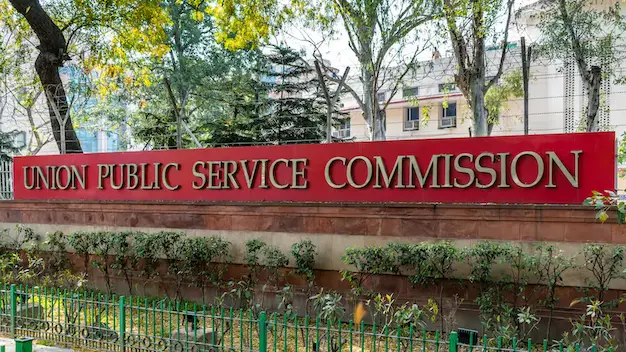
The UPSC Prelims 2025 brought unexpected hurdles for aspirants, with the CSAT paper being tougher than previous years
The UPSC Civil Services Preliminary Examination 2025, held on May 26, 2025, took aspirants by surprise with its complex CSAT and tricky General Studies paper. Many candidates found the exam challenging and time-consuming, with the GS paper focusing on applied knowledge rather than factual recall.
While some sections followed past trends, others introduced unexpected question patterns, making time management a crucial factor. Here’s an in-depth analysis of this year’s prelims.
10 Key Takeaways from UPSC Prelims 2025
1. CSAT Difficulty Level Increased
The Civil Services Aptitude Test (CSAT), which is qualifying in nature, had tougher-than-usual reasoning and mathematics questions. Many aspirants struggled with:
- Lengthy comprehension passages requiring critical thinking
- Complex numerical ability questions demanding advanced problem-solving
- Logical reasoning problems that tested cognitive flexibility
2. General Studies Paper Focused on Analytical Thinking
Unlike previous years, where factual recall dominated, GS Paper I tested applied knowledge with questions requiring conceptual clarity and analytical reasoning. Topics included:
- Environmental policies with a practical case study approach
- Current affairs-based questions requiring a multi-dimensional perspective
- Geopolitical trends, India’s role in global organizations, and international agreements
3. History Section Included Lesser-Known Topics
The history portion included questions from regional dynasties, cultural contributions, and detailed sub-topics that many aspirants overlooked. Contemporary historiography and archaeological discoveries were emphasized.
4. Polity & Governance Focused on Recent Constitutional Developments
This year’s polity questions revolved around:
- Recent amendments and landmark Supreme Court judgments
- Application-based questions on federalism and local governance
- Evolving roles of Election Commission and judicial appointments
5. Economy Section Integrated Global Economic Trends
UPSC included complex economic scenarios, merging macroeconomics with global financial shifts. Some tricky questions tested knowledge on:
- Cryptocurrency regulations and RBI’s stance on digital currencies
- India’s recent GDP projections and economic policy shifts
- IMF, World Bank policies and their impact on emerging economies
6. Science & Technology Took a Practical Turn
Instead of direct theoretical questions, this section included:
- Applications of AI, quantum computing, and biotechnology in governance
- Environmental science questions centered on carbon credits and climate resilience strategies
- Questions linked to India’s recent space missions
7. Environment Section Emphasized Climate Agreements
Climate policies, biodiversity, and renewable energy featured prominently, with direct references to:
- COP28 resolutions and India’s commitments
- The role of Green Hydrogen Mission
- Legislation related to conservation efforts
8. Geography Questions Were Scenario-Based
Traditional geography questions were limited, with a greater focus on applied concepts such as:
- Urbanization trends and smart cities development
- Drought-prone regions and climate adaptability strategies
- Mapping questions linked to global maritime trade routes
9. UPSC Maintained Unpredictability in Question Framing
As expected, UPSC avoided direct textbook-based questions, instead framing them in ways that required correlation of multiple concepts. This approach tested a candidate’s real-world understanding and problem-solving abilities.
10. Time Management Was Critical
With the GS paper being lengthy and CSAT more difficult, aspirants had to strategically allocate time across sections. Many candidates reported running out of time due to lengthy passages and multi-layered questions.
Strategies for UPSC Mains Preparation Post-Prelims
With the prelims over, aspirants must now focus on UPSC Mains preparation, ensuring:
- Better conceptual clarity in governance, policymaking, and economic strategies
- Enhanced writing skills for structured answer presentation
- Deep analysis of current affairs linked with historical and geopolitical perspectives
Experts recommend using structured answer-writing formats and interdisciplinary approaches to tackle complex Mains questions.
Conclusion
The UPSC Prelims 2025 lived up to its reputation of being unpredictable and concept-heavy, demanding aspirants to go beyond rote learning. With CSAT turning more technical and GS testing analytical thinking, candidates must refine their preparation strategies for UPSC Mains. This year’s exam underscores the evolving pattern of UPSC, where real-world applications and conceptual clarity are prioritized over memorization. Aspirants who adapt to this shift will have the best chance of success in the upcoming Mains examination
Also read about India Surpasses Japan to Become the World 4th Largest Economy